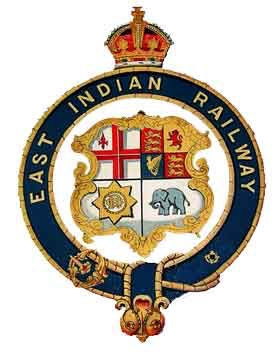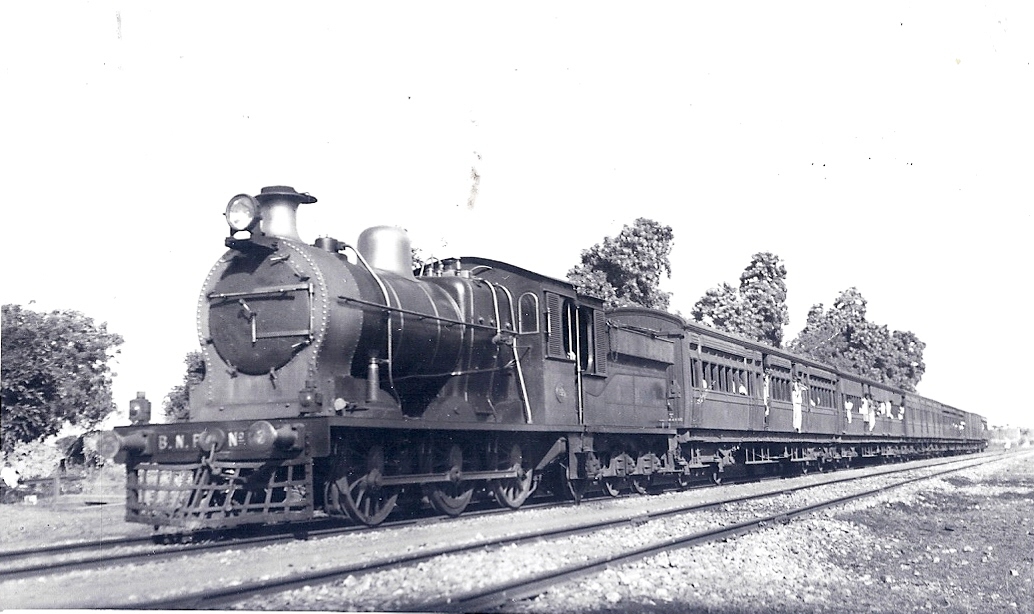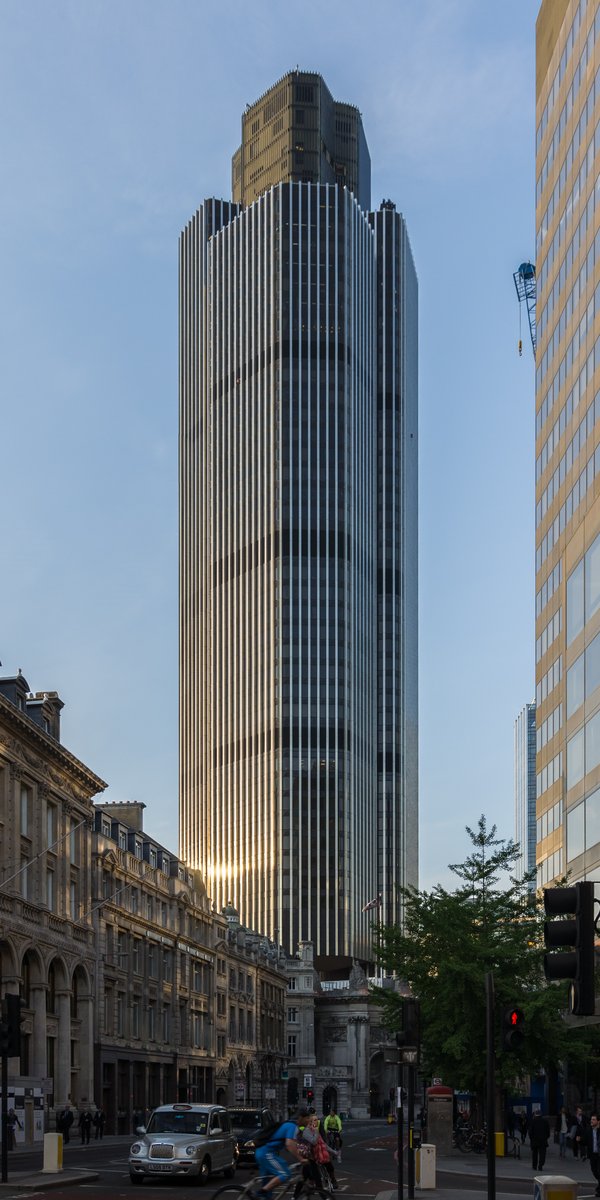
The East Indian Railway (EIR) was a British company, registered in London, privately owned and financed, operating under license and guarantee from the British Board of Control in India and the East India Company between starting in 1845. 

In 1849, EIR signed a contract to construct and operate an "experimental" line between Calcutta and Rajmahal, 100 miles long at an estimated cost of £1 million which would be later extended to Delhi via Mirzapur. By 1937, EIR had 4217 miles of broad gauge track. 



The railway's expansion as disrupted by the War of Independence in 1857. But in the lined had crossed the River Ganges from Benares in December 1862 and connected with #Delhi Junction (now Old Delhi station) in 1864. 

The Kalka Mail began operation between Calcutta and Delhi in 1866 as the "East Indian Railway Mail". Its run was extended from Delhi to Kalka in 1891. 



From 1897, the EIR and the GIPR operated special trains to facilitate quick movement of mail from Bombay to Calcutta and also carried a limited number of First Class passengers, completing the journey to Howrah in 43 hours - the Imperial Mail from Ballard Pier to Howrah. 

In 1862, the EIR Locomotive Workshops at Jamalpur were completed leaving the EIR Carriage and Wagon Workshop at Howrah. By 1900 the new EIR Carriage and Wagon Workshop at Lillooah (3Km up line from Howrah) was established. 

The EIR's main terminus was at Howrah. It first opened in 1854; but was expanded in 1905 to accommodate trains also from the Bengal Nagpur Railway. 

The company was headquartered at Fairlea Place and it's old HQ is currently the HQ of Eastern Railways in Kolkata. 



In 1925 the Indian Government took over the management of the East Indian Railway and the company was formally dissolved in 1952 with nationalization of all railways. EIR lost ist three upstream divisons to Northern Railways: Allahabad, Lucknow and Moradabad. 



• • •
Missing some Tweet in this thread? You can try to
force a refresh































